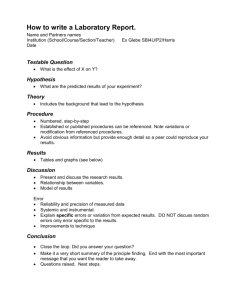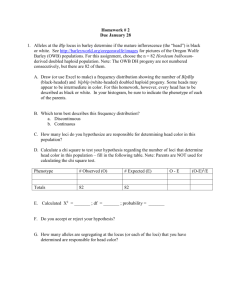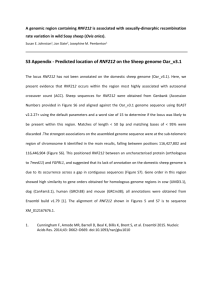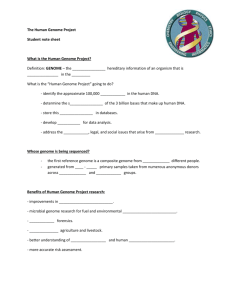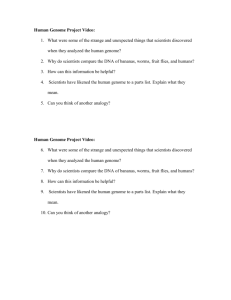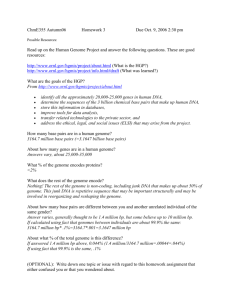Writing Effective Abstracts: Guidelines & Examples
advertisement
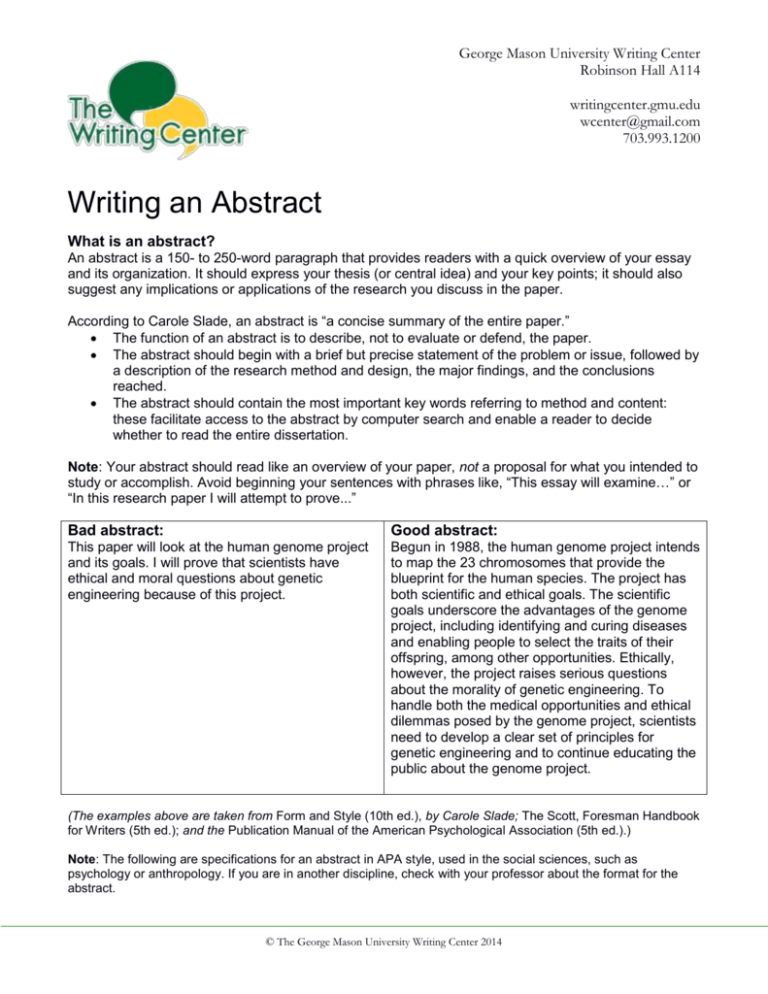
George Mason University Writing Center Robinson Hall A114 writingcenter.gmu.edu wcenter@gmail.com 703.993.1200 Writing an Abstract What is an abstract? An abstract is a 150- to 250-word paragraph that provides readers with a quick overview of your essay and its organization. It should express your thesis (or central idea) and your key points; it should also suggest any implications or applications of the research you discuss in the paper. According to Carole Slade, an abstract is “a concise summary of the entire paper.” The function of an abstract is to describe, not to evaluate or defend, the paper. The abstract should begin with a brief but precise statement of the problem or issue, followed by a description of the research method and design, the major findings, and the conclusions reached. The abstract should contain the most important key words referring to method and content: these facilitate access to the abstract by computer search and enable a reader to decide whether to read the entire dissertation. Note: Your abstract should read like an overview of your paper, not a proposal for what you intended to study or accomplish. Avoid beginning your sentences with phrases like, “This essay will examine…” or “In this research paper I will attempt to prove...” Bad abstract: Good abstract: This paper will look at the human genome project and its goals. I will prove that scientists have ethical and moral questions about genetic engineering because of this project. Begun in 1988, the human genome project intends to map the 23 chromosomes that provide the blueprint for the human species. The project has both scientific and ethical goals. The scientific goals underscore the advantages of the genome project, including identifying and curing diseases and enabling people to select the traits of their offspring, among other opportunities. Ethically, however, the project raises serious questions about the morality of genetic engineering. To handle both the medical opportunities and ethical dilemmas posed by the genome project, scientists need to develop a clear set of principles for genetic engineering and to continue educating the public about the genome project. (The examples above are taken from Form and Style (10th ed.), by Carole Slade; The Scott, Foresman Handbook for Writers (5th ed.); and the Publication Manual of the American Psychological Association (5th ed.).) Note: The following are specifications for an abstract in APA style, used in the social sciences, such as psychology or anthropology. If you are in another discipline, check with your professor about the format for the abstract. © The George Mason University Writing Center 2014 Example abstract with formatting: TITLE OF WORK HERE 2 Abstract According to the American Psychological Association (APA) Publication Manual, the abstract allows readers to survey the contents of an article quickly and enables easy indexing of articles in library databases. The abstract, appearing on the second page of your document after the title page, has a page to itself. The running head and page number should appear in the upper right hand corner. The word ABSTRACT should be centered at the top of the page, and the abstract should be in block format (no indents), double-spaced, and in the third person. Be accurate, concise, and specific, because abstracts should never exceed 120 words. Paraphrase your sources, rather than quoting from them. Begin with the most important information in your lead sentence; this may be your thesis or purpose statement, or results, findings, and conclusions. The abstract should include only four or five important points or findings. Use the present tense for results with continuing applications, and the past tense to describe variables and texts applied. Review more information on abstracts in the fifth edition of the APA Manual on pages 12-15, 298, and 306. Last updated 6/17/2014 © The George Mason University Writing Center 2014





